Don’t Miss These 11 New Museum Exhibitions This Winter
You’ll find everything from beloved childhood characters to animatronic dinosaurs on display this season
As the days grow shorter and colder, museums across the country are pushing out a slew of winter exhibits to entertain and educate just about everyone throughout the season. From the timeline of Charlie Brown to history of food sculptures, spectacularly colored frogs to a gender-fluid art installation, there will be plenty of diversions available to help banish the cold-weather doldrums this year. These 11 new winter exhibits are just a few can’t-miss events to help get you through the winter.
Charles M. Schulz Museum—You’re a Good Man, Charlie Brown
(Santa Rosa, CA; February 23, 2017 – July 16, 2017)
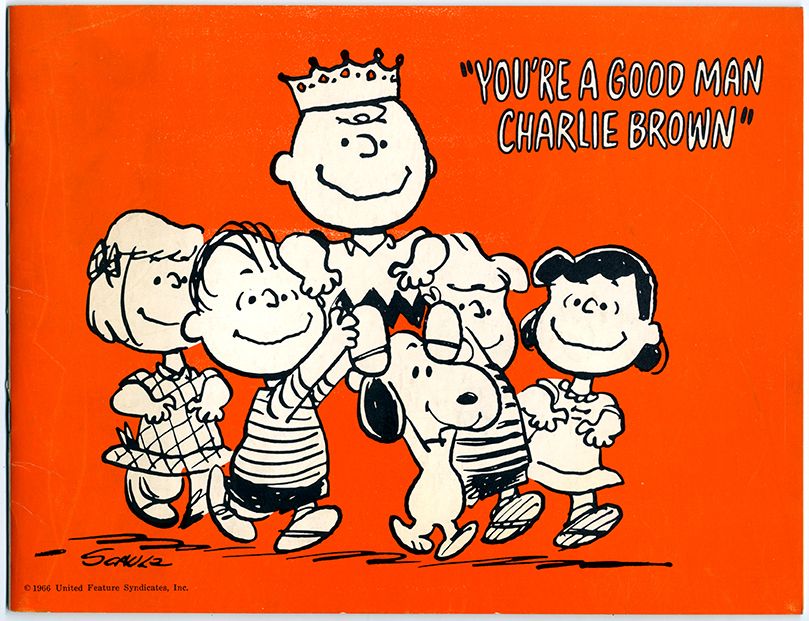
The musical theater show You’re a Good Man, Charlie Brown first debuted in New York on March 7, 1967, and is one of the most frequently performed in the history of American theater. In fact, during the four years spanning its off-Broadway debut through the end of its original run in 1971, the show clocked 1,597 performances. To celebrate the production's 50th anniversary in 2017, the Charles M. Schulz Museum—dedicated to the works of the cartoonist Schulz—will open an exhibit of the same name.
Visitors to the exhibit will find rare items relating to the show’s performances, including original scripts with handwritten notes and drawings, original music scores, cast photos, playbills and more.
Detroit Institute of Arts—The Edible Monument: The Art of Food for Festivals
(Detroit, MI; December 16, 2016 to April 16, 2017)
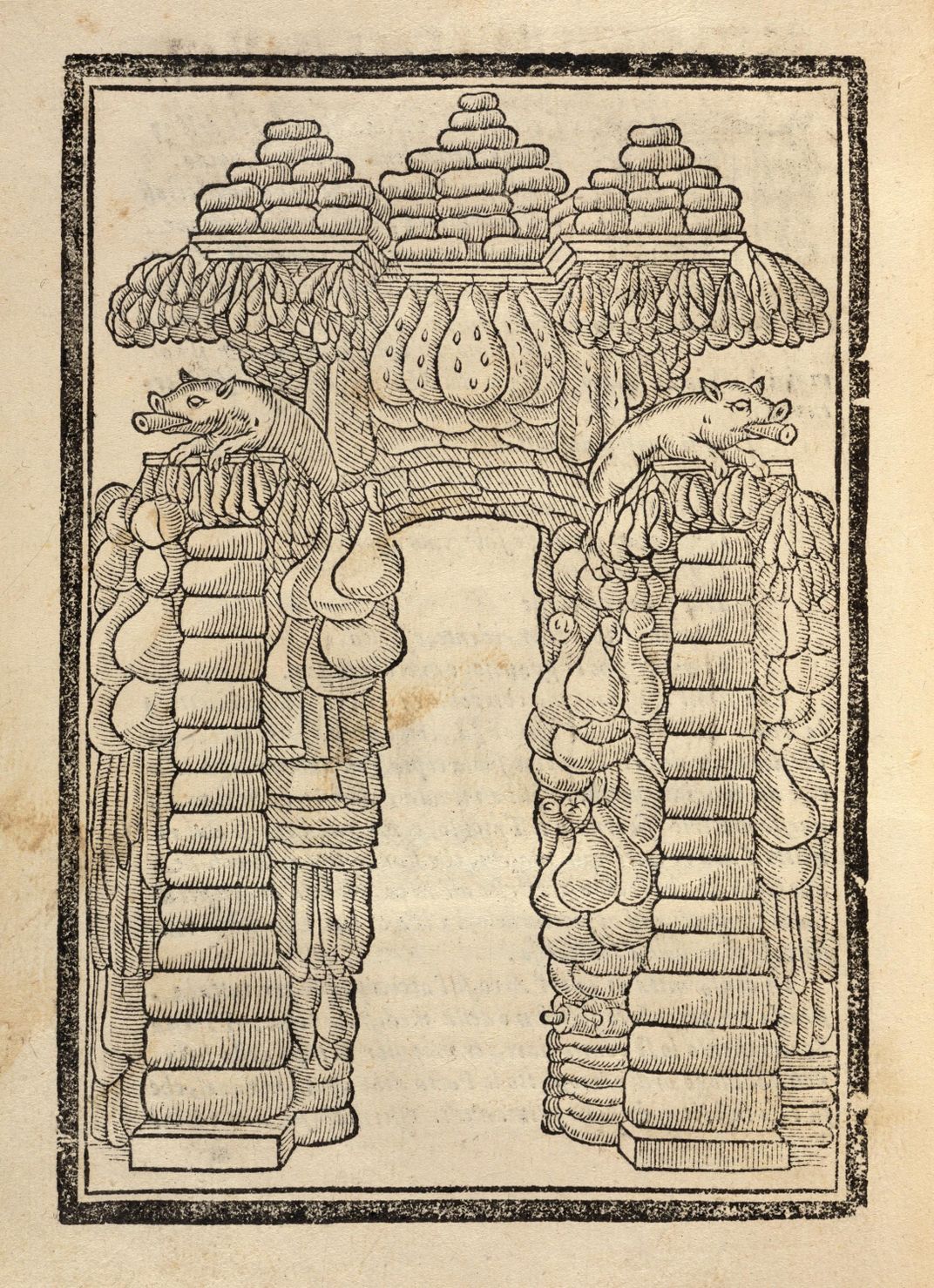
Between the 16th and 19th centuries in Europe, nearly every public celebration, street parade, and court banquet featured towering edible sculptures. Comprised of bread, cheese, meat, sugar, flowers, and fruit, these sweet and savory confections took center stage at each public event. The Edible Monument looks at these historical food creations through 140 prints, rare books, and serving manuals.
The exhibit comes with its own edible monument, as well; sculptor and culinary historian Ivan Day will display a sugar sculpture named “Palace of Circe,” based on an 18th-century print that famously depicts the ancient Greek hero, Ulysses. It will include a sugar temple with sugar statues and sugar-sand gardens.
Mütter Museum—Tracing the Remains
(Philadelphia, PA; January 13, 2017 – July 6, 2017)
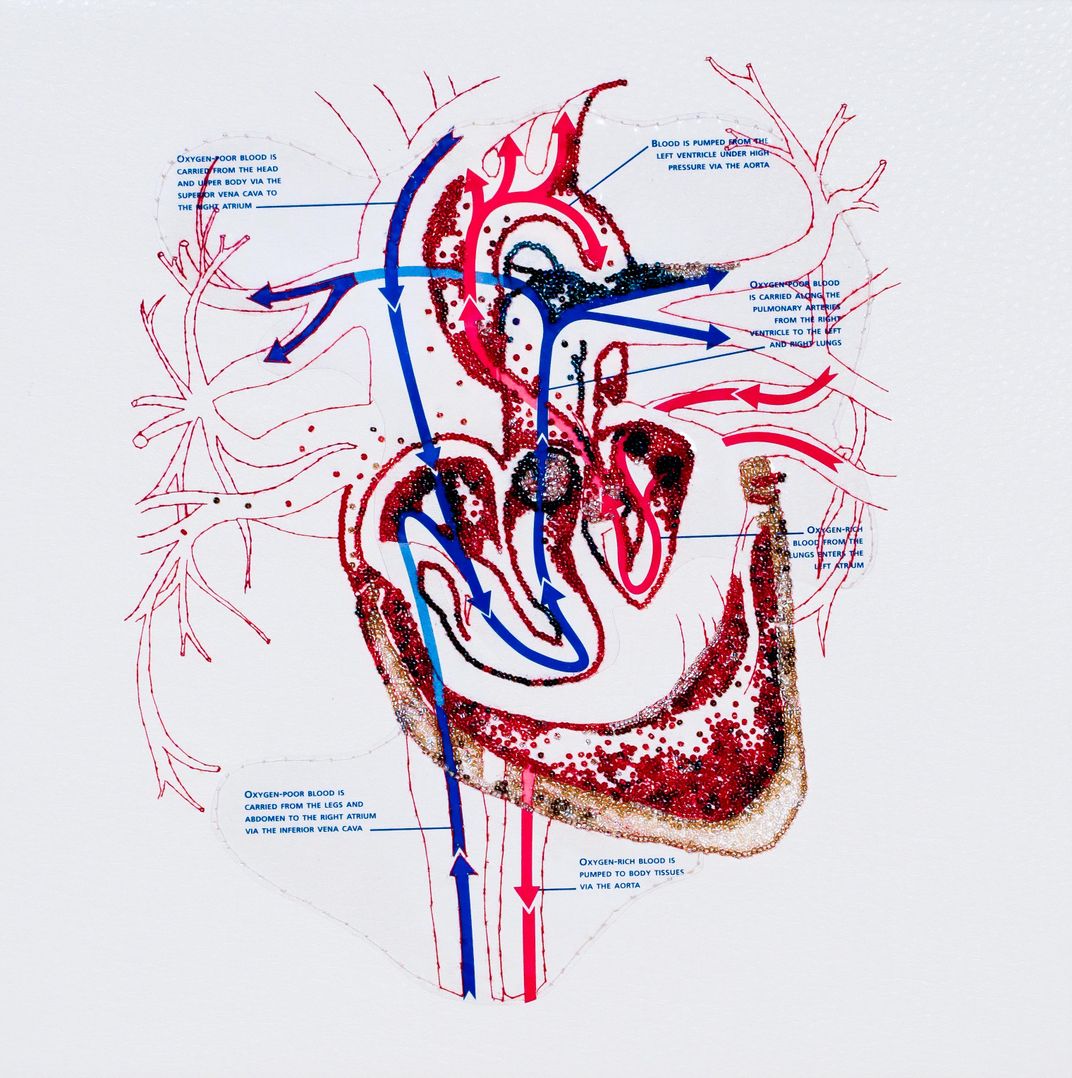
Tracing the Remains touches on the Mütter Museum’s mission in a unique way: through the intricate construction of fiber arts. Using beautiful artwork throughout the exhibit, local artists Sabrina Small and Caitlin McCormack employ their experience with beadwork, embroidery, and crochet to illustrate the effects of chronic illness. The pieces transform the museum’s collections into personal narrative, exploring the timelines of life, death, and decay.
Newseum—Louder Than Words: Rock, Power and Politics
(Washington, D.C.; January 13, 2017 – July 31, 2017)
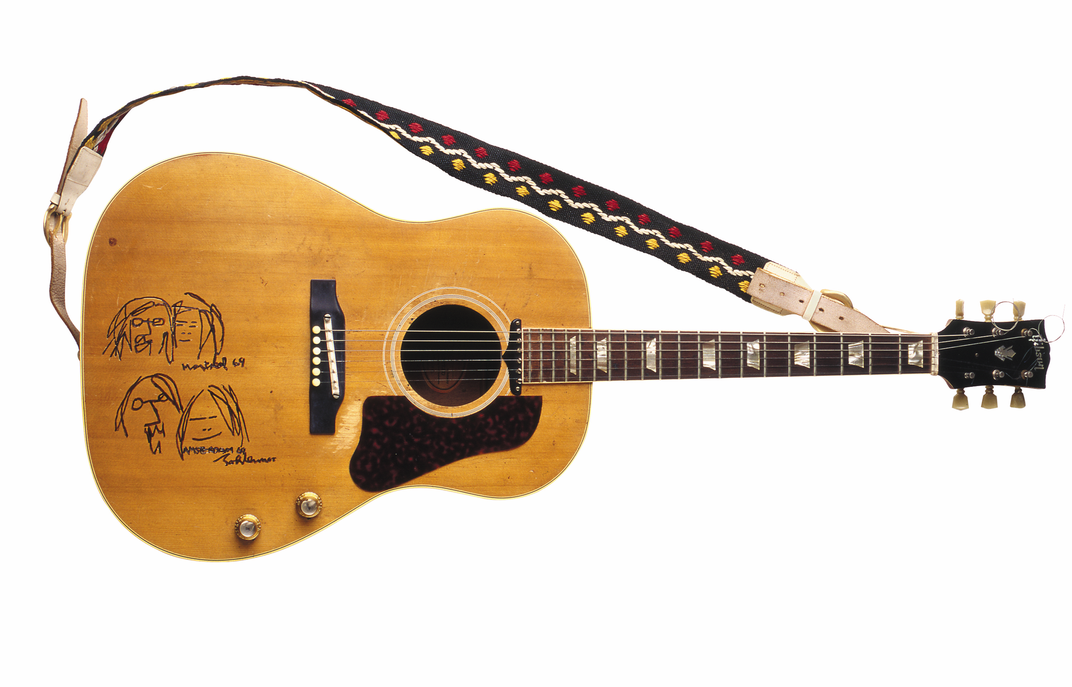
In partnership with the Rock and Roll Hall of Fame in Cleveland, this winter the Newseum will explore how rock music can potentially change attitudes about patriotism, equality, freedom, and peace. And it's not just the music—Louder Than Words also focuses on the artists themselves, examining how they have exercised their First Amendment rights to challenge beliefs and affect change.
One of the most exciting pieces in the exhibit is the guitar John Lennon debuted when he introduced the song “Give Peace a Chance” with Yoko Ono. Other parts of the display explore Bob Dylan, U2, Rage Against the Machine, and more.
Michael C. Carlos Museum of Emory University—In Search of Noble Marbles: The Earliest Travelers to Greece
(Atlanta, GA; January 14, 2017 – April 9, 2017)
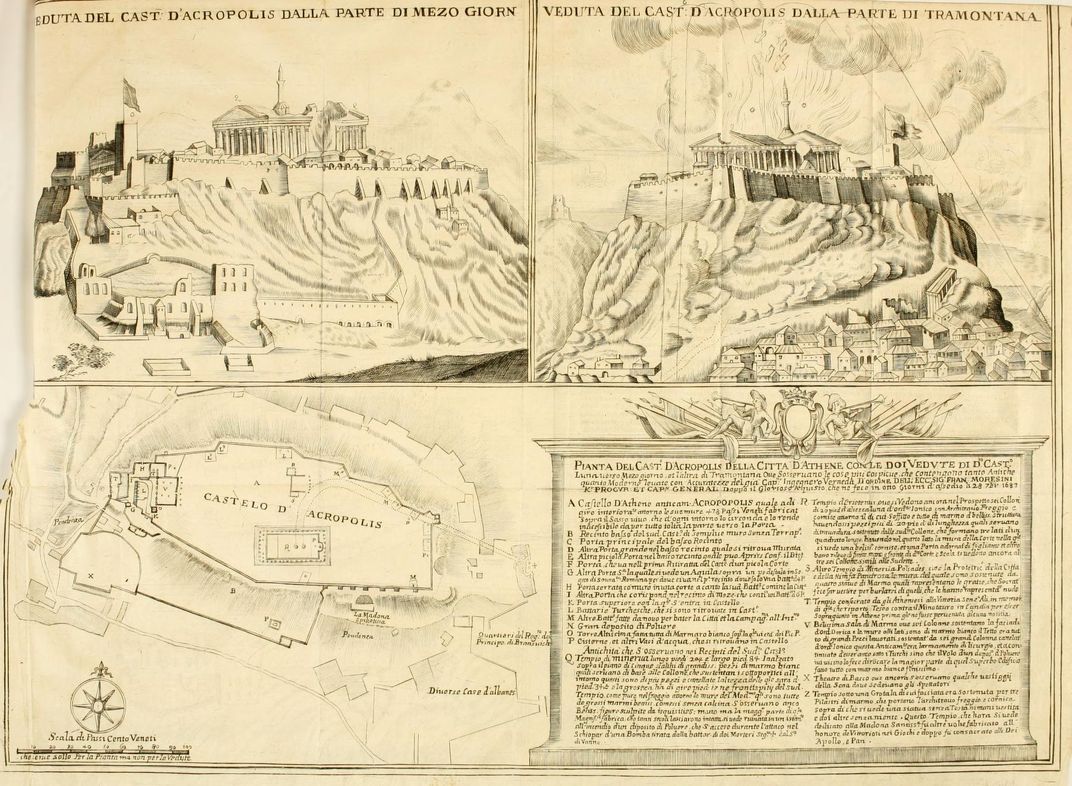
From 1453 to the 1820s, Greece was ruled by a brutal political regime, making it nearly inaccessible to the Western world. A select few intrepid explorers were able to venture into the country, documenting what they saw in exacting detail. Noble Marbles investigates these explorations.
Separated into three parts, the exhibit first tracks early travelers up to the point of Greece’s movement toward independence. Here, visitors can see the first printed image of Athens dating to 1493. The second part of the exhibit focuses on explorers of the Ionian Islands, and the third part highlights monuments as works of art.
Florida Museum of Natural History—Frogs! A Chorus of Colors
(Gainesville, FL; January 28, 2017 – September 4, 2017)

Nature’s colorful display will be hopping into the Florida Museum of Natural History this winter with an exhibit that's, well...all about frogs. Guests will have the chance to visually experience stunning live anurans—the common frog and toad—and learn how each has adapted to survival in the wild. It’s a hands-on exhibit, too; visitors can take part in a hidden frog scavenger hunt, activate frog calls, and even perform a virtual dissection.
The museum will also host a 5K race on February 11 to celebrate the opening of the exhibit. Interested? You can sign up here.
International Museum of Surgical Science—Kjell Theory
(Chicago, IL; January 20, 2017 – February 26, 2017)

In a surrealistic shout-out to Alan Turing—a gay computing pioneer frequently credited as "the father of the computer," and later a biologist—and to Guillaume Apollinaire’s 1917 opéra bouffe, Les Mamelles de Tirésias, Kjell Theory is a juxtoposition. The resulting exhibit straddles the boundaries between the physical and virtual worlds—the past and future, male and female genders, and human life and machine.
The exhibit is named for Turing’s theory of morphogenesis—the autonomous generation of natural forms—that itself is named after a love interest, Kjell, whom Turing met in Norway.
The National Museum of American History—Puppets & Muppets
(Washington, D.C.; November 23, 2016 – January 8, 2017)
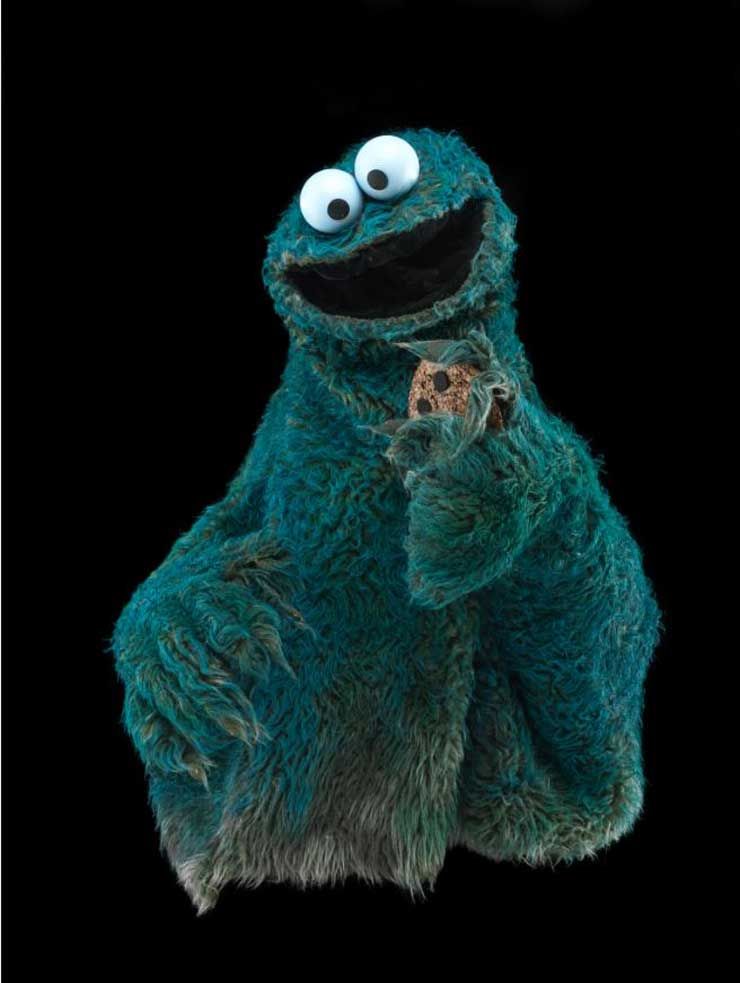
Celebrate the country’s historical pastime of puppet-based entertainment at Puppets and Muppets this winter. The exhibit showcases puppets and marionettes from the National Museum of American History’s collection, and investigates the evolution of puppetry as an art form.
Among the standout pieces in the exhibit are a marionette from the 1963 World’s Fair, a royal marionette duo from 1900, Mr. Moose and Bunny Rabbit from Captain Kangaroo, and some of Jim Henson’s beloved creations: Elmo, Cookie Monster, and the first Kermit ever created.
Whitney Museum of American Art—Fast Forward: Painting from the 1980s
(New York, NY; throughout the winter season – check with the museum for dates)
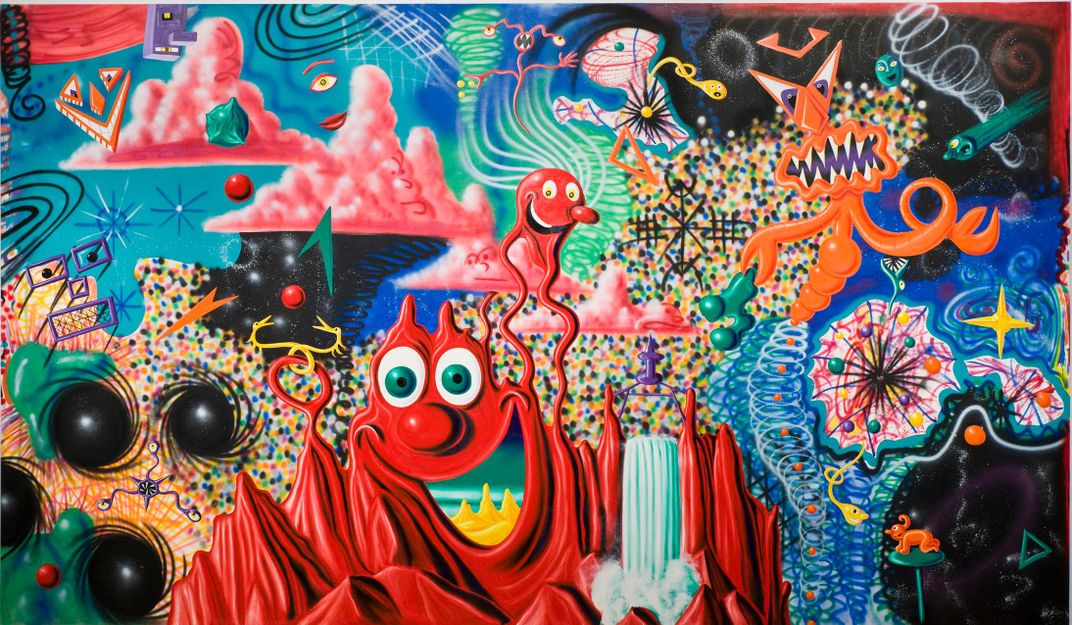
It's true, the decade known for its oversized shoulder pads and neon colors actually offered another unique aspect: its art. Fast Forward looks specifically at paint-based creations and how artists used the medium throughout the 1980s, investigating expressive figuration, conceptual practices, and painterly abstraction. There is a particular focus on the politically and socially charged artwork of the time.
Well-known artists Jean-Michel Basquiat, Ross Bleckner, Eric Fischl, Elizabeth Murray, David Salle, and Terry Winters are represented in the exhibit, as are more obscure painters who round out the aesthetic and commentary on display.
Kennedy Space Center—U.S. Astronaut Hall of Fame
(Titusville, FL; November 10, 2016 – ongoing)
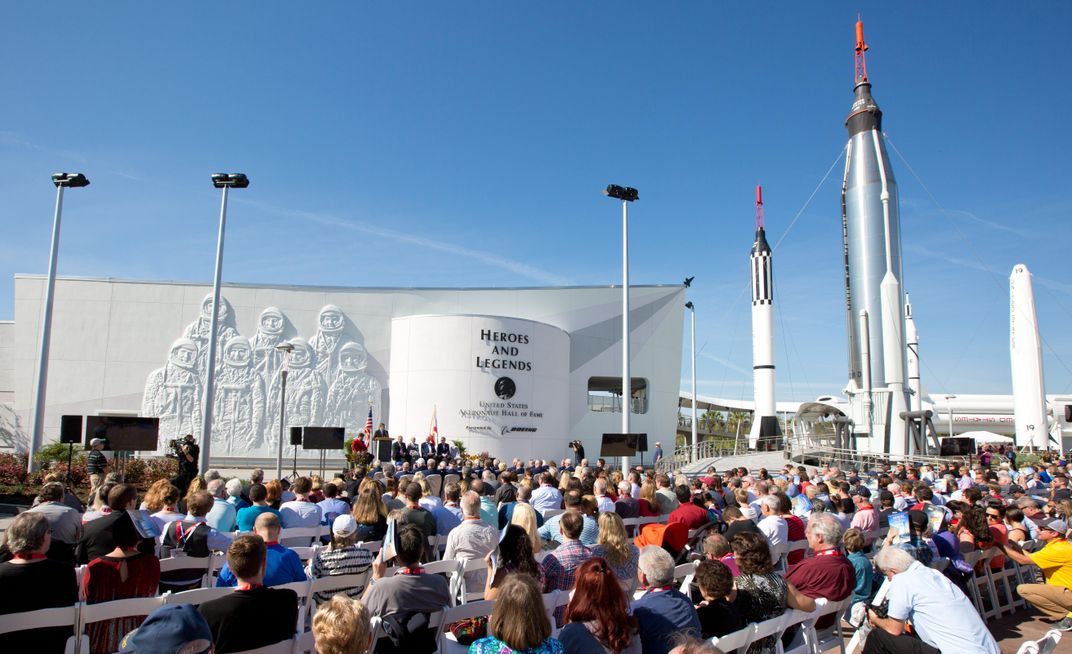
Get to know nearly 100 world-famous astronauts at the newly opened U.S. Astronaut Hall of Fame. Plaques and portraits line the walls of a tech-enhanced rotunda, providing an interactive way to “meet” the astronauts who are honored within. As a bonus, guests can virtually pose with one of the Mercury Seven astronauts in a special photo opportunity.
The Hall of Fame is tucked inside the new Heroes and Legends exhibit at the Kennedy Space Center, a multisensory experience that transports visitors into the inner workings of NASA’s space program and introduces the astronauts who make it all possible. Heroes and Legends uses cutting-edge technology to fully immerse guests—from a 4D theater to holograms to augmented reality.
The Franklin Institute—Jurassic World: The Exhibition
(Philadelphia, PA; November 25, 2016 – April 23, 2017)
Fans of the Jurassic Park franchise have a chance to step into the ultimate theme park—Jurassic World—at this new exhibit. With elements inspired by scenes from the film, visitors will be immersed in the prehistoric world. Animatronic dinosaurs like the brachiosaurus, velociraptor, and tyrannosaurus rex tower up to 24 feet tall. And the information in the exhibit is backed by science; it was created in collaboration with paleontologist Jack Horner, who worked on the original films.
For a great photo op, snap a selfie walking through the iconic Jurassic World Gates. From there, you can visit a petting zoo and the Hammond Creation Lab, plus get a sneak peek at the amusement park’s top-secret project.
Planning Your Next Trip?
Explore great travel deals
Smithsonian magazine participates in affiliate link advertising programs. If you purchase an item through these links, we receive a commission.
/https://tf-cmsv2-smithsonianmag-media.s3.amazonaws.com/accounts/headshot/JenniferBillock.png)
/https://tf-cmsv2-smithsonianmag-media.s3.amazonaws.com/accounts/headshot/JenniferBillock.png)